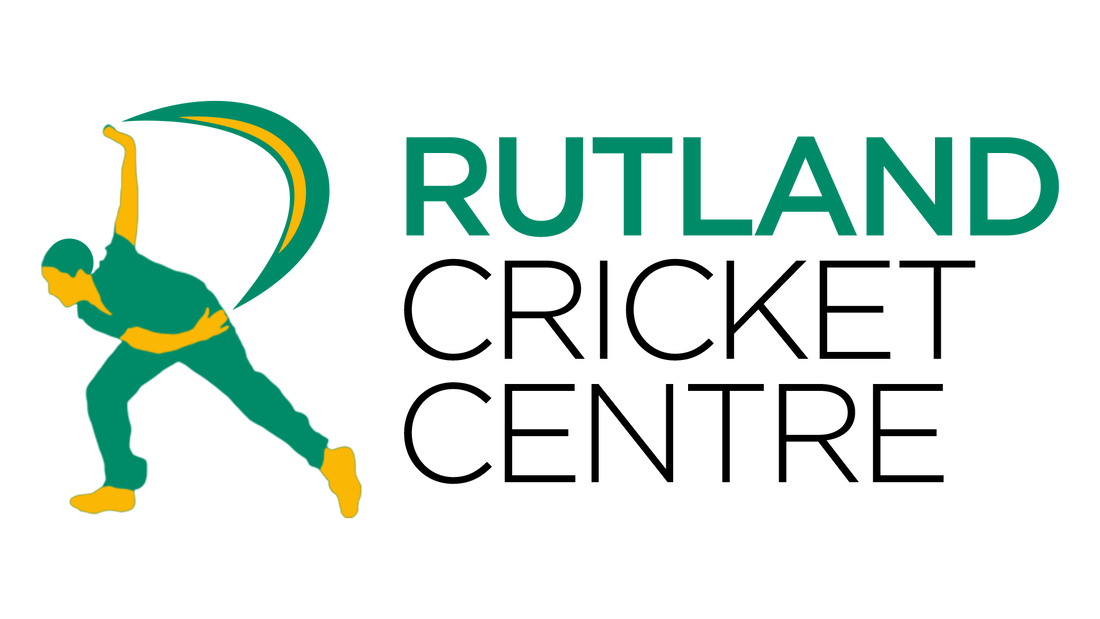$var)
{
$var = urlencode(stripslashes($var));
$resp .= "&$parm=$var";
}
// STEP 3 - Extract the data PayPal IPN has sent us, into local variables
$item_name = $_POST['item_name'];
$item_number = $_POST['item_number'];
$payment_status = $_POST['payment_status'];
$payment_amount = $_POST['mc_gross'];
$payment_currency = $_POST['mc_currency'];
$txn_id = $_POST['txn_id'];
$receiver_email = $_POST['receiver_email'];
$payer_email = $_POST['payer_email'];
$record_id = $_POST['custom'];
// Right.. we've pre-pended "cmd=_notify-validate" to the same data that PayPal sent us (I've just shown some of the data PayPal gives us. A complete list
// is on their developer site. Now we need to send it back to PayPal via HTTP. To do that, we create a file with the right HTTP headers followed by
// the data block we just createdand then send the whole bally lot back to PayPal using fsockopen
// STEP 4 - Get the HTTP header into a variable and send back the data we received so that PayPal can confirm it's genuine
$httphead = "POST /cgi-bin/webscr HTTP/1.0\r\n";
$httphead .= "Content-Type: application/x-www-form-urlencoded\r\n";
$httphead .= "Content-Length: " . strlen($resp) . "\r\n\r\n";
// Now create a ="file handle" for writing to a URL to paypal.com on Port 443 (the IPN port)
$errno ='';
$errstr='';
$fh = fsockopen ('ssl://www.paypal.com', 443, $errno, $errstr, 30);
// STEP 5 - Nearly done. Now send the data back to PayPal so it can tell us if the IPN notification was genuine
if (!$fh) {
// Uh oh. This means that we have not been able to get thru to the PayPal server. It's an HTTP failure
//
// You need to handle this here according to your preferred business logic. An email, a log message, a trip to the pub..
}
// Connection opened, so spit back the response and get PayPal's view whether it was an authentic notification
else {
fputs ($fh, $httphead . $resp);
while (!feof($fh))
{
$readresp = fgets ($fh, 1024);
if (strcmp ($readresp, "VERIFIED") == 0)
{
// Hurrah. Payment notification was both genuine and verified
//
// Now this is where we record a record such that when our client gets returned to our success.php page (which might be momentarily
// (remember, PayPal tries to stall users for 10 seconds after purchase so the IPN gets through first) or much later, we can see if the
// payment completed; and if it did, we can release the download. You can go about this synchronisation between listener.php
// and success.php in many different ways. How you do it mostly depends on your need for security; but here is one way I do it:
//
// When the client initiates the purchase by clicking the "buy" button, I write a new "unconfirmed" payment record in my Payments
// table; this includes all the details of what they wish to purchase and their session-ID. I then pass the record "id" of this pending entry in the CUSTOM
// parameter to PayPal when it processes my site visitor tranaction.
//
// After PayPal processes the transation, it doesn't return the client to your site immediately; it conveniently stalls them for around
// 10 seconds, during which it quickly calls your listener program (this program) to give it the good news. I then extract the record_id
// that was inserted in the Payments table database that was created just before the client was sent to PayPal, but now I know that
// the payment is VERIFIED, so I can update the record in the PAYMENTS table from "Pending" to "Completed".
//
// When (or if) the user returns to my "Auto Return" success.php page, I query the database for all "Completed" transactions with the
// same Session_id, read the digital products that they have purchased and then release them as downloadable links in
// success.php.
//
// Yes, session_id is not totally reliable, but you could use cookies, or you could use a comprehensive user
// registration, logon & password retrieval system that would give you the degree of "lock down" you require. Your choice.
//
}
else if (strcmp ($readresp, "INVALID") == 0)
{
// Man alive! A hacking attempt?
}
}
fclose ($fh);
}
//
//
// STEP 6 - Pour yourself a cold one.
//
//
?>



















